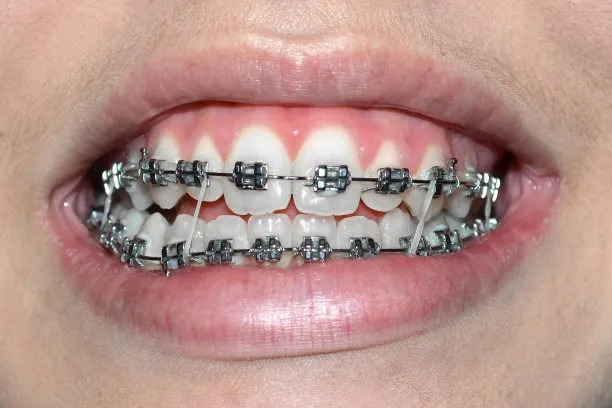Essential Precautions You Should Know Before Undergoing a Dental Filling Procedure for Optimal Results and Recovery
Summary: Undergoing a dental filling procedure can be a crucial step in maintaining your oral health. Proper preparation and understanding essential precautions can ensure optimal results and a smoother recovery process. This article delves into four vital aspects to consider before getting a dental filling: selecting the right dentist, understanding the filling materials, preparing for the procedure, and post-treatment care. By following these guidelines, patients can not only enhance the effectiveness of the treatment but also minimize discomfort and promote quicker healing.
1. Choosing the Right Dentist for Your Procedure

When it comes to dental fillings, selecting an experienced and qualified dentist is paramount. Researching local dental practitioners can provide insights into their credentials and patient reviews. Look for information regarding their expertise, especially in restorative procedures. A dentist well-versed in fillings will likely have a more refined technique, ensuring a higher quality outcome.
Another critical aspect to consider is the dentists approach to patient care. A good dentist will take the time to explain the procedure, discuss your concerns, and answer any questions you may have. This ensures you feel comfortable and informed, which can significantly reduce anxiety associated with dental treatments.
Lastly, consider the dental practices environment. A welcoming and well-equipped clinic can enhance your overall experience. Ensuring that the practice follows strict hygiene protocols will also give you peace of mind about the procedure and its outcomes.
2. Understanding Filling Materials and Their Benefits
Dental fillings come in various materials, each with unique properties, advantages, and disadvantages. It is crucial to familiarize yourself with these options to discuss them with your dentist. Common materials include amalgam, composite resin, porcelain, and gold. Each material varies in durability, appearance, and suitability based on the location of the decay.
Composite resin, for instance, is often favored for its aesthetic qualities, as it can closely match the color of your natural teeth. On the other hand, amalgam fillings, while not as visually appealing, are known for their durability and strength, making them suitable for back teeth that withstand significant chewing forces.
Understanding these materials will enable you to weigh the pros and cons effectively. Discussing your preferences and concerns with your dentist can lead to a more personalized treatment plan that fits your needs and lifestyle.
3. Preparing Yourself Mentally and Physically
Preparation for a dental filling starts long before you sit in the dentists chair. Mentally preparing yourself for the procedure is crucial. Anxiety and fear can amplify discomfort during treatment, so adopting relaxation techniques such as deep breathing or visualization can be beneficial. Educating yourself about the procedure can also help demystify it, reducing fear of the unknown.
Physically, it’s essential to make any necessary arrangements ahead of time. Depending on the type of sedation used, you might need someone to drive you home after the appointment. Also, consider scheduling your filling at a time when you can take it easy afterward, as sensitivity or discomfort might occur.
Finally, ensure to maintain good oral hygiene leading up to your appointment. Brush and floss regularly to minimize the risk of infection and complications during the procedure. This proactive approach can significantly enhance your comfort and health during the filling process.
4. Following Up on Post-Treatment Care
The care you provide your teeth after getting a filling plays a crucial role in your recovery and overall oral health. It’s vital to follow your dentist’s instructions carefully regarding post-treatment care. You may experience some sensitivity after the procedure; managing this through over-the-counter pain relief, if needed, can help ease discomfort.
Maintaining good oral hygiene continues to be essential, especially in the first few days after the filling. Avoiding extremely hot or cold foods can also help prevent unnecessary sensitivity. Gradually reintroducing these foods as your sensitivity decreases can be an effective strategy.
Lastly, keep an eye on the filling in the days and weeks following your procedure. If you notice any unusual changes, such as increasing pain or signs of decay, contact your dentist promptly. Early intervention can prevent more extensive issues down the line, ensuring your dental filling remains effective and long-lasting.
Summary:
In summary, preparing for a dental filling procedure involves various critical factors, from choosing the right dentist to understanding the materials used and ensuring proper care both before and after the treatment. Each step plays a vital role in achieving optimal results and minimizing recovery time.
By educating yourself and actively participating in the treatment process, you can enhance your dental experience and maintain a healthy smile for years to come.
This article is compiled by Vickong Dental and the content is for reference only


